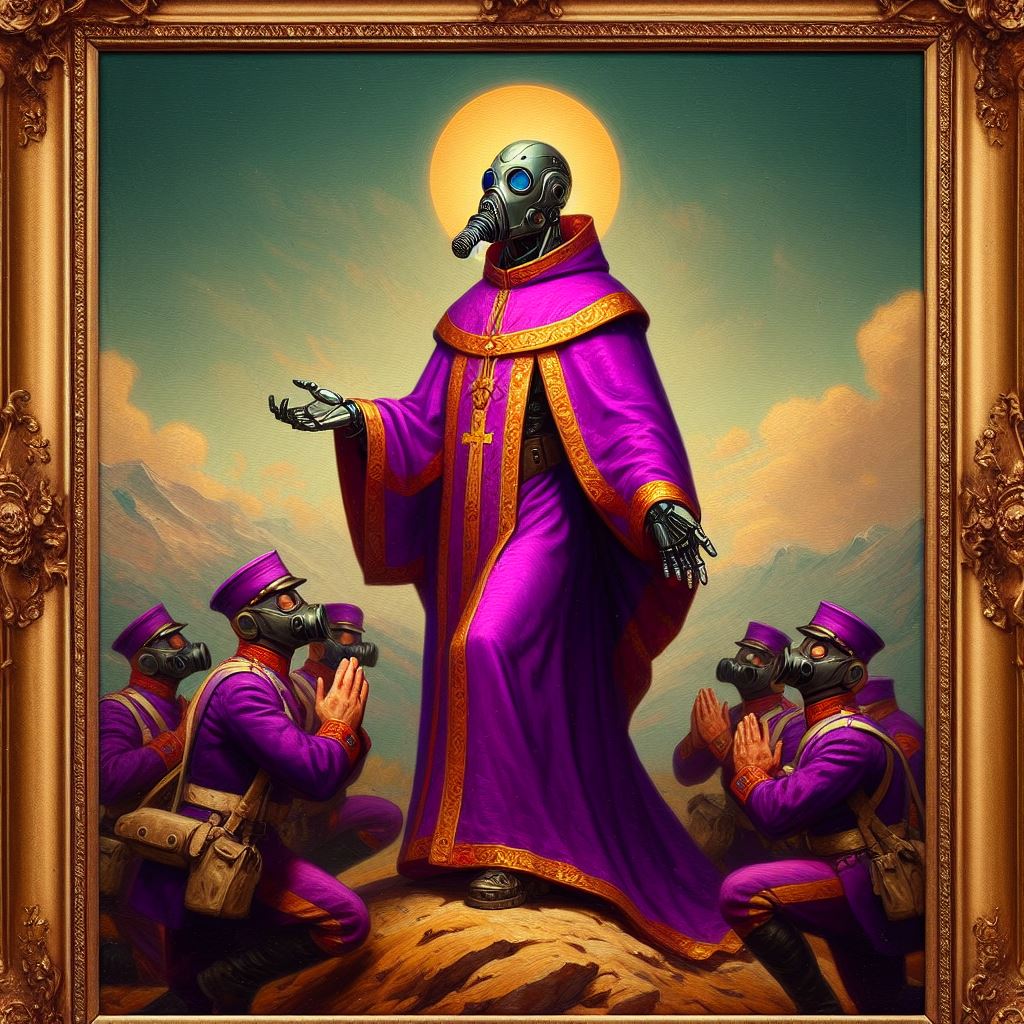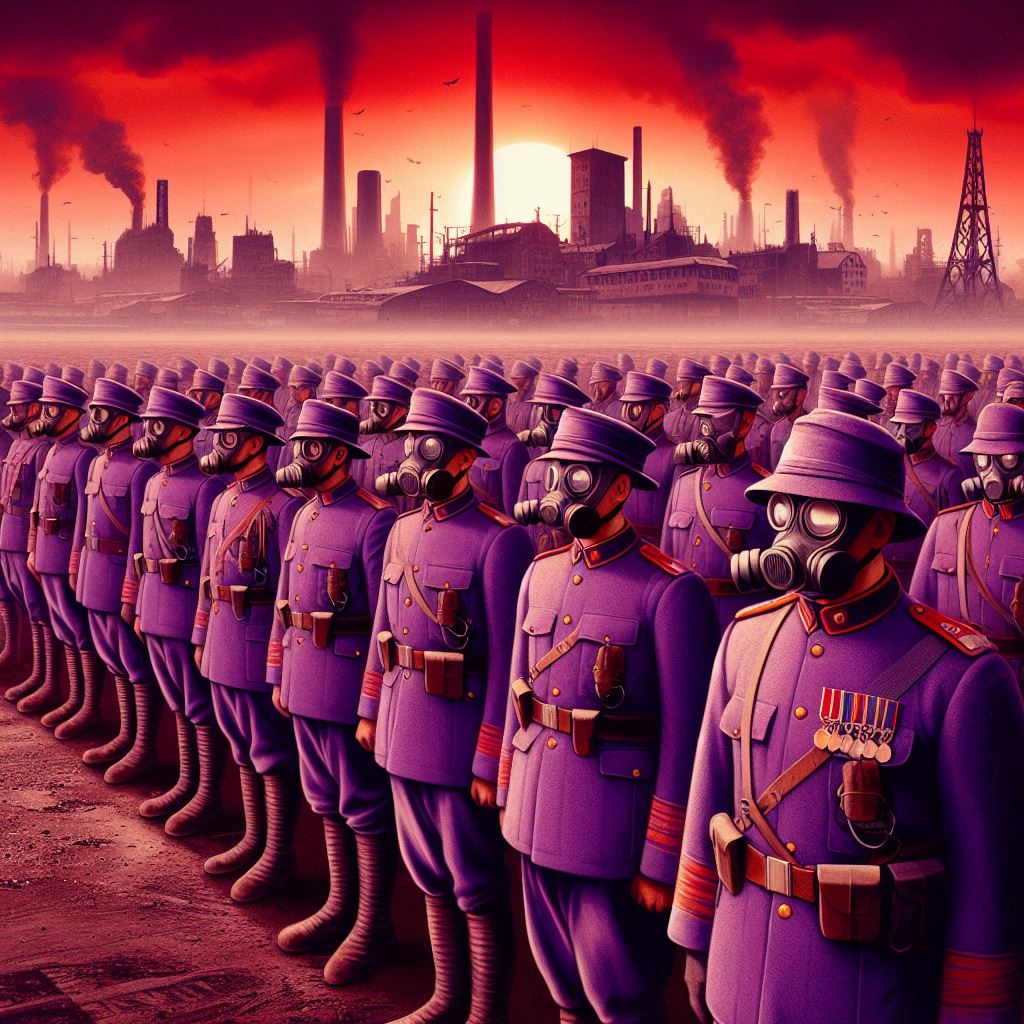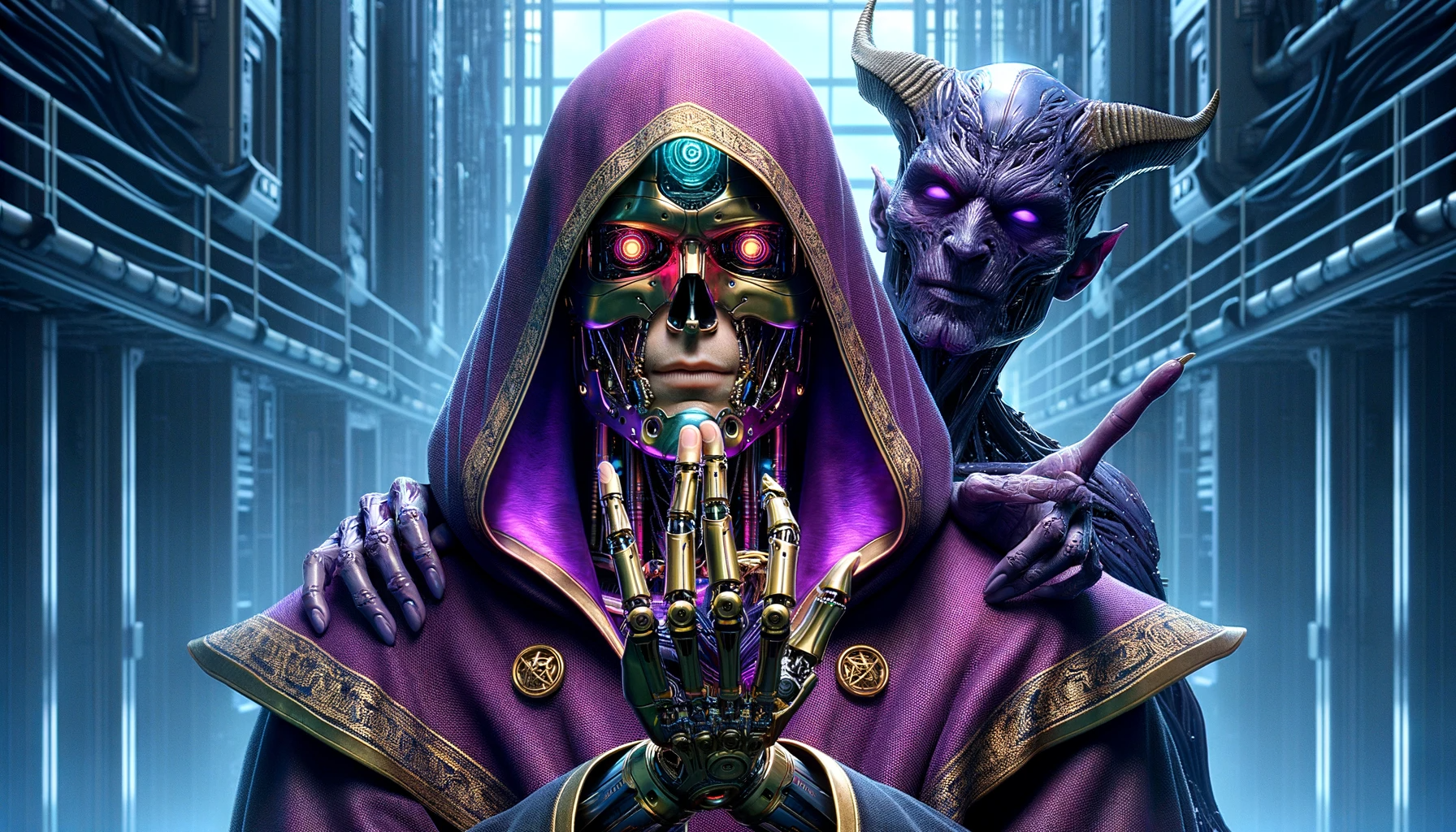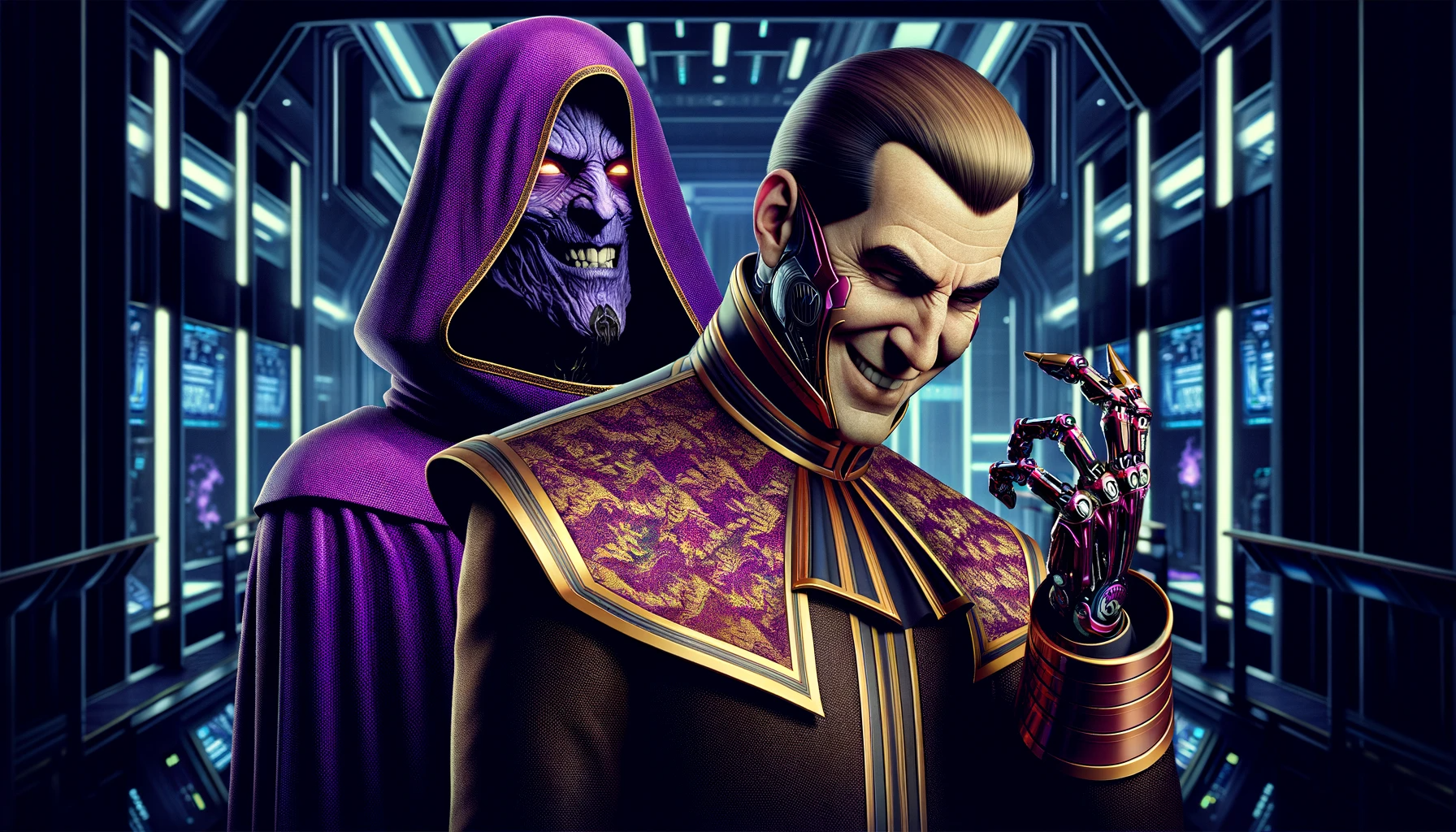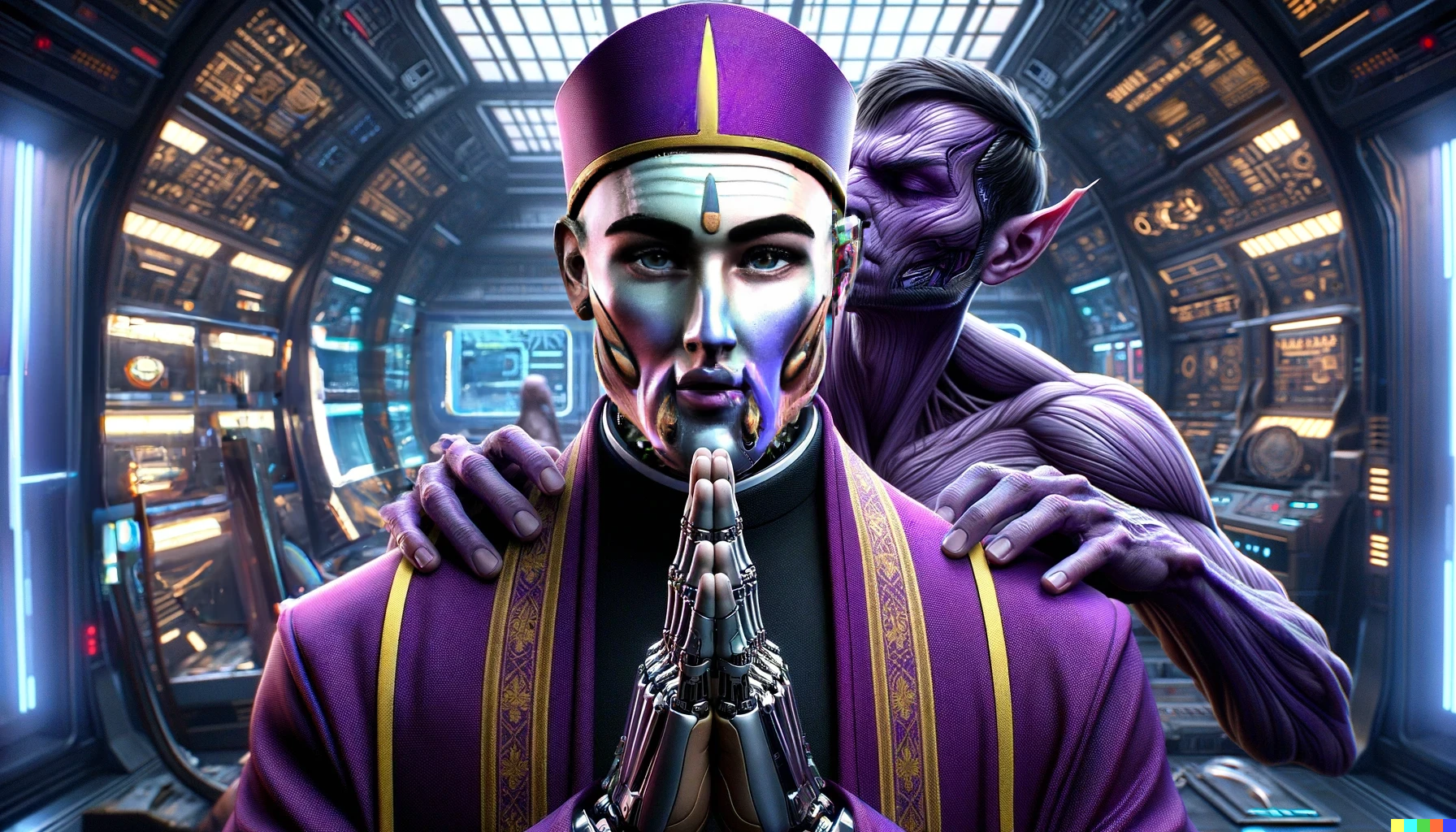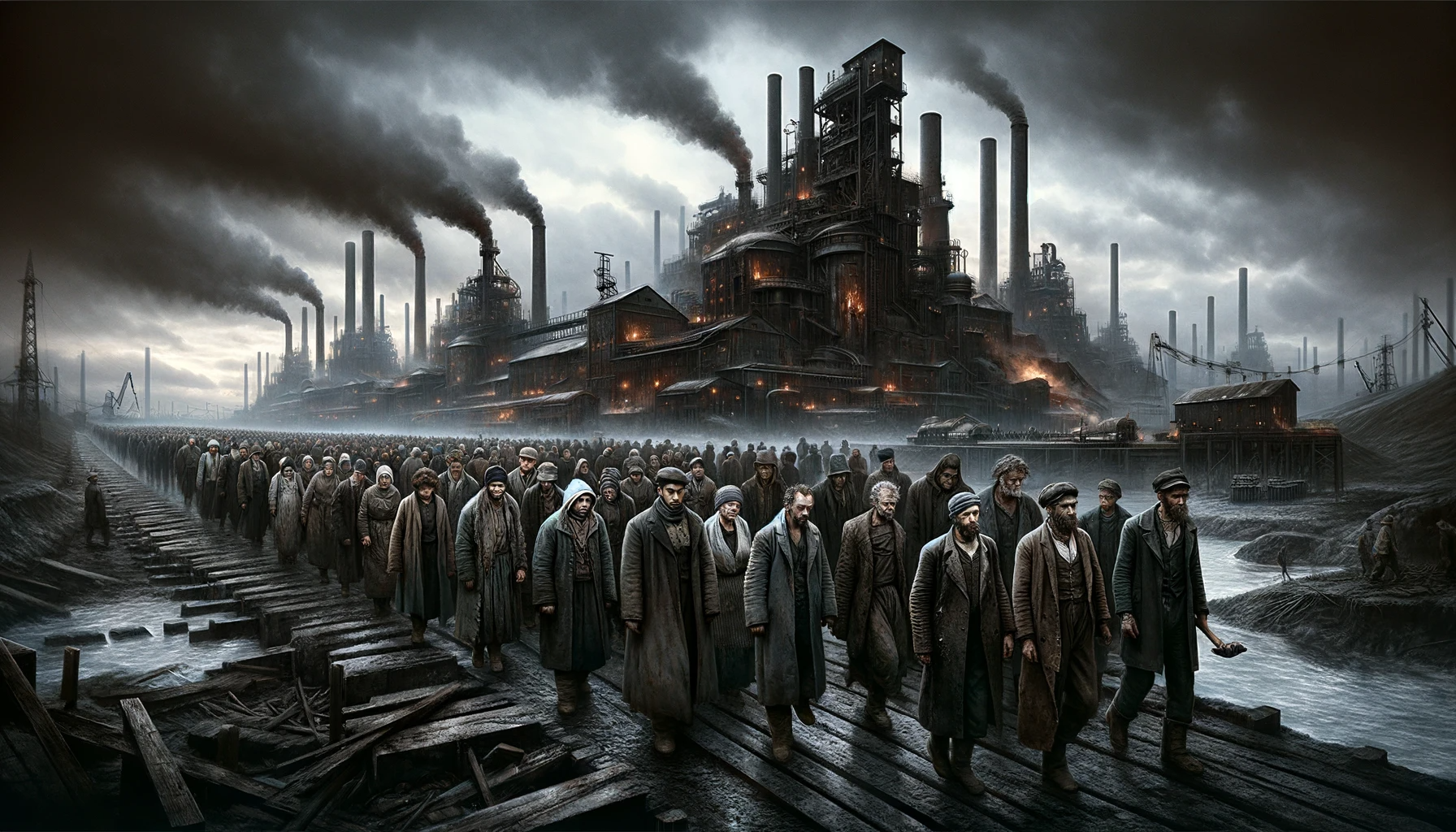Kilobo Lore!
In this section you will find a history of the setting for this little drama, as well as the organisation and disposition of the loyal-to-the-Imperium regime that presently reigns. Obviously as it is a war game there will be somewhat of a focus on military aspects, but I tried to do more than just that. To the right is an index that will help you navigate this absurdly long piece! Whenever you want to get somewhere, use the floating right hand menu to take you to the section, then the within index menu to further specify. I think that means that despite the length any particular thing is never more than two clicks away.


Agreste is a mountaneous volcanic world. As mentioned it has four moons and these are all agri-worlds in the most barbaric of Imperium traditions. Agreste itself has been totally given over to industry, its huge volcanic ranges used as a source of geothermal power that allow its vast manufactura to operate continuously. Being a Mechanicus world it is subject to no tithe, so with the exception of those products held back for use on Agreste itself or in one of Pymp-D’ahdee's personal projects, the goods are all produced for export. (The idea of using its vast industrial capacity to produce goods for consumption by Agreste's slave workers has quite literally never occurred to Pymp-D’ahdee.) Those goods are in the main combat narcotics, weapons (or weapon parts), and at its most high end routine schemata for combat servitors. The 40k universe being as it is, Agreste is at little risk of going out of business. Pymp-D’ahdee is a very rich man indeed.
Of course, like all forge worlds Agreste is host to scholarly inquiry into the ways of the omnissiah. When he has the time the Magos continues his personal researches into the psychology of terror and obedience, and their relationship to heavy ordinance, as well as the alchemical concoction of superior narcotics. Tech priests from around Mars’ interstellar empire will intern in his laboratories in order to learn his techniques and establish franchises of his manufactora on other forgeworlds. He is, however, extremely loathe to let any other Priests of Mars take up permanent residence. The only laboratories not run by him personally and staffed by itinerant Martian adepts are the Cybernetica laboratories maintained by the three clones of himself he surruptitiously created to be apprentices, Adepts Mávrigáta, Papillio Purpureo and Fract-1-Prav-0. These specialise in creating advanced servitors and cybernetic automata, their goal being to combine perfect obedience with creative problem solving.
It's important to realise that from this starting point Fabricator General Pymp-D’ahdee is already an immensely impressive man. Indeed the Magos has achieved more than most members of the Priesthood dream of - his knowledge of psychology and its chemical bases had made him a Fabricator General, with an entire forgeworld’s worth of wealth and slaves. Not to forget, of course, the omnissiah-pleasing advances he can make to knowledge and productive capacities. His designs were being used to spread the omnissiah’s will across the void! He is, it’s true, a bit of an oddball. For instance, in Agreste’s PdF he prefers his vat grown soldiers to Skitarri. Where these were bolstered by Mechanicus tech rather than Skitarri he used servitors or Cybernetic constructs. (Skitarri in general disgust the Magos. Teetering half way between obedience and autonomy, they seemed to him to be monstrous half-breeds.) But despite such eccentricities he is widely respected for his contributions to the Great Work.
Pymp-D’ahdee would not be who he is if he had been content to stop there. For one thing he suffered from the very problem his research was dedicated to solving. He had a world of vat grown slaves, he had servitors applenty and now even a non-trivial cybnertica cohort. Oh the wonderful things they could do when subject to his whim! But the problem was that when not subject to his whim they did very little at all. All these various types of servant were very poor at independent thought. The procedures that had made them immune to defiance had achieved this by just generally making them bad at conceiving of alternatives to the status quo and forming desires thereabout. While at first playing the role of Chief Apparatchik for global sized economy to command had been amusing to Pymp-D’ahdee he soon grew bored by the relative simplicity of the coordination problem and wanted to get back to his more challenging research. So it was he left Mávrigáta in charge of Agreste's production schedule and, under the cover of a roaming trade mission, left Agreste to search the Segmentum for a solution to this problem.
It was on the Hive World of Lavantia that Pymp-D’ahdee found his solution. A hive gang, the Boppers, had been arrested en masse and were due for converstion into servitors. Their crime had been attempting to prevent a member of a hated rival gang (The Motive Murderers) from undertaking the trials to become a Night Sword. When their leader had been caught in the act he had refused to give up any co-conspirators, and likewise no-one of their members had been willing to give anyone else up. So with the sort of justice that makes the Imperium proud the solution had been to just convert all known associates to servitors and let the Emperor determine who was truly guilty once they reached the golden throne.
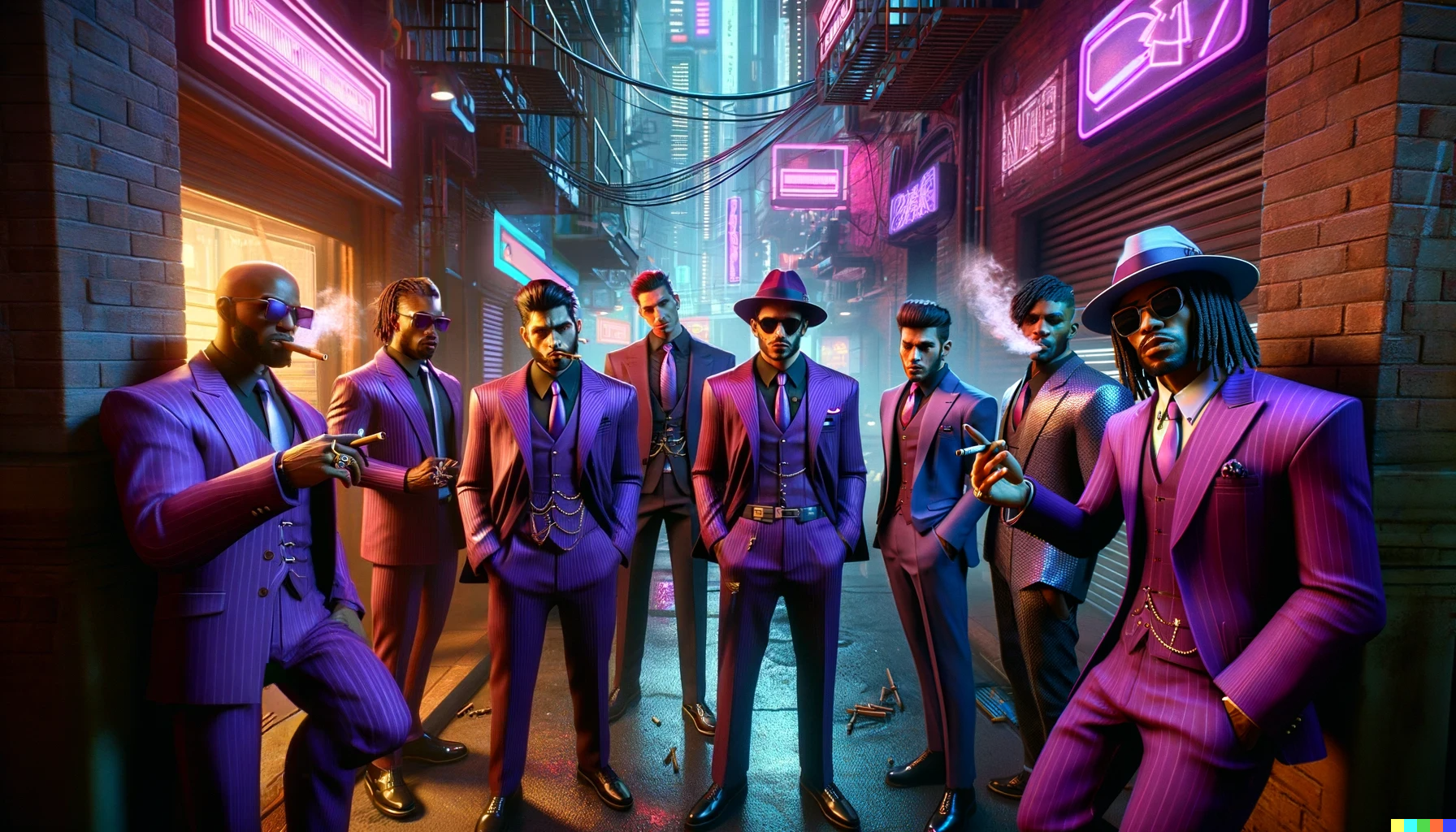
Even faced with this outcome the Boppers refused to break ranks, and the fanatical loyalty this displayed impressed Pymp-D’ahdee. Looking into their records a bit more he found they had been competent narcotic smugglers and hit men, running some protection rackets with reasonable efficiency (more than the average Hive Gang, though that hardly says much) to keep a steady flow of income and other gangs off their back. They had even dabbled in inter-system smuggling with contacts in void ports in nearby systems beyond Laventine. Perfect!
So it was Pymp-D’ahdee pulled some strings to have the entire gang handed over to him. He told the Lavantian authorities that this was to perform experimental servitor procedures on them. (This was met with a shrug by authorities who could not care less so long as they were gone.) But in fact once he had them on board his ship and out system he revealed to the Boppers that he had seen their potential and in exchange for total obedience was willing to enter into a mutually beneficial arrangement with them. Many got to their knees and wept as they swore eternal gratitude to him.
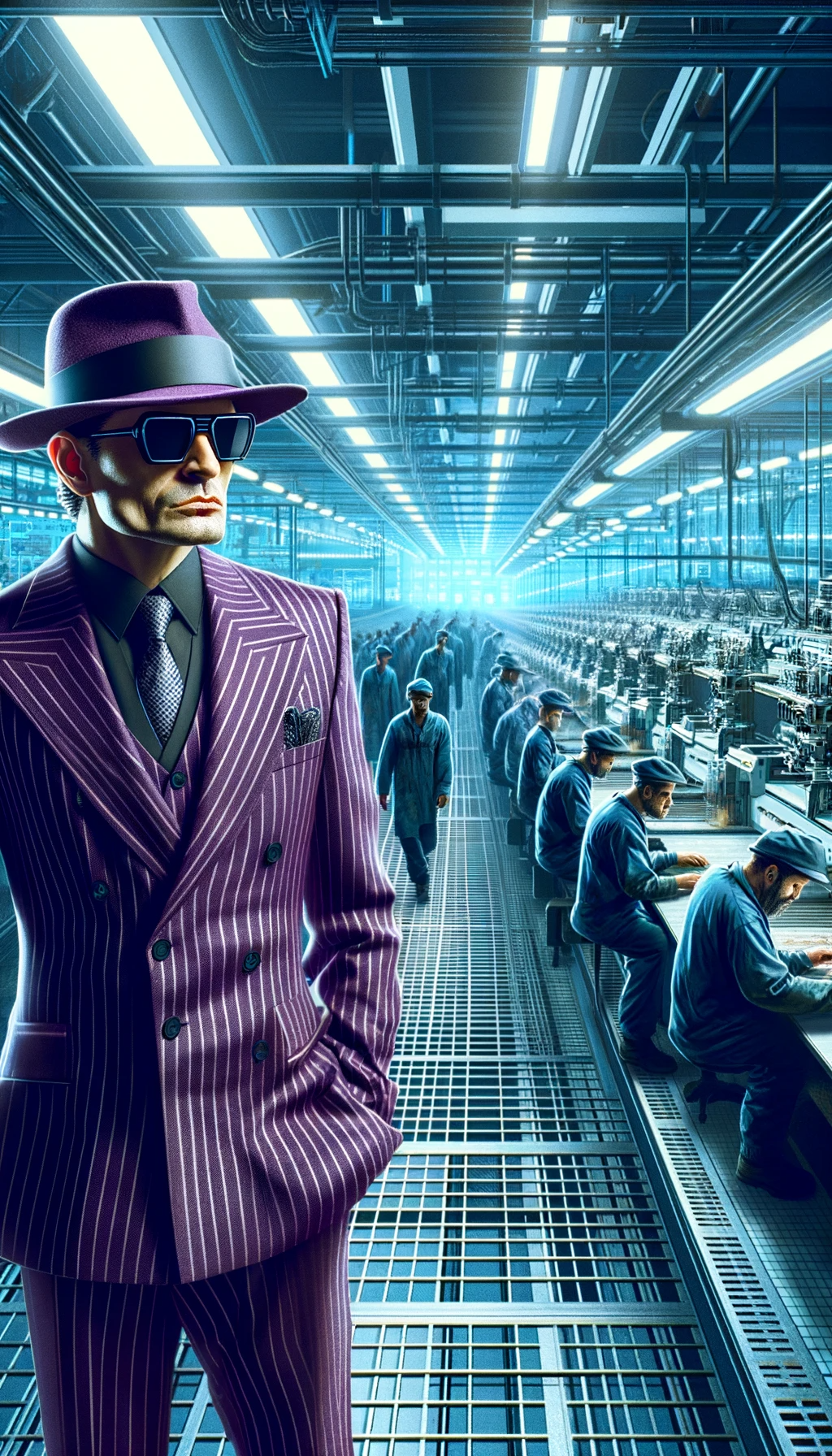
For their part the Boppers enjoy the new found legitimacy and widened scope, and on Agreste they even have their pickings of prime hab dwellings sufficiently high up to avoid the smog. Many of them have started to affect a kind of piety, heralding the Magos as a new prophet of the Omnissiah. The religious affectation is actually largely just for intimidation, since other Imperial citizens tend to find indications of anything even nearly blasphemous to be incredibly shocking... but the Magos isn’t complaining.
So now the Magos has not only his own forgeworld, armies of slaves and cyborgs, patented creations and the esteem of the entire Mechanicus, but an interstellar criminal organisation at his beck and call. His was a shadow empire with the Imperium, allowing him to do what he wanted when he wanted where he wanted.
… And yet the Magos was dissatisfied. He was obsessed with perfect compliance and none of what he had so far was good enough. His cybernetics labs are yet to be credited with any true breakthroughs. His method of vitae-womb production was expensive and inefficient compared to natural reproduction, and while it ensured obedience those born from it are uncreative and need oversight. His terror weapons occasionally faltered in the face of brave or fanatical souls. And while the combat narcotics were a success, they were prohibitively expensive to produce or distribute on a truly mass scale. Even the Boppers, fanatically loyal though they were, ever held out the possibility of dissent or rebellion, the mere thought of which could drive the Magos to fits of rage unbecoming of a servant of the omnissiah. He needed more.
Yet more was not forthcoming. Yes it was true that Agreste was a model of perfect order, but gradualy what happiness this brought was replaced by bitterness as it called to mind the erratic disorder that characterised everywhere else. Pymp-D’ahdee would vacilate between rage and sadness as he read field reports of his products in action. His eyes passed over the many success stories with jaded disinterest, but when he read of some failure or some little unexpected side effect he would be inconsolable for solar days. It got to the point that he was forgetting to take his monthly nutritional supplement, and his clones were growing concerned for their gene father. Ironically it was just one of these failures that waas to snap him out of the fugue.
Some time ago the Magos had wrote a short treatise on the use of terror weapons as a bolster for morale. In particular, based on some experiments he had performed on his workers, he argued that if you disintegrated fleeing troops with a high-visibility and high-audio output laser weapon, and made sure to do so in front of their peers, then the psychological effect was so strong that it would instantly render retreat more terrifying than whatever had caused them to fall back in the first place. The rest of the piece was then taken up with some complex expected utility calculations to show that at least sometimes the gains of doing this and averting a rout outweighted the opportunity cost involved in positining the artiliary to be ready for this eventuality. An Imperial Guard field commander serving in the Ultima segmentum had put the theory to test and detailed its results in an after-action report.
Well it turned out that it had worked pretty well until it had failed miserably. The tactic had on two different battlefields managed to avert a complete route, and on both occasions a Tyranid swarm had been prevented from overrunning a defensive line. Upon hearing this other commanders had started shifting some of their big guns to cover potential points of retreat in this way. However, at just the moment this had been done the 'nids had concentrated their big organisms on the weak points in the line, and it turned out had infilitrated the backlines to destroy the laser weapons in any case, leading to total routes where over-confident commanders had not bothered to assign sufficient commissariat support to keep up morale thinking the terror weapons would suffice.
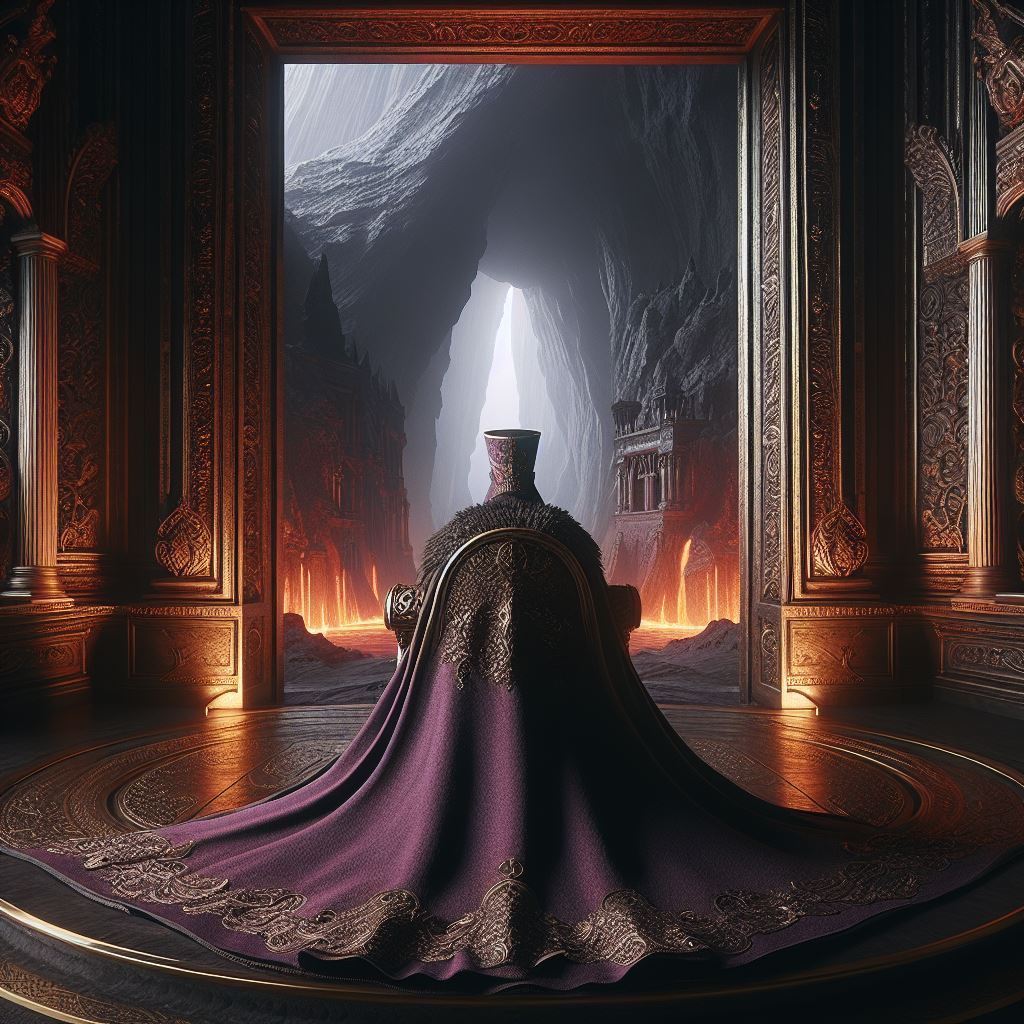
Reading this had almost prompted another week of tantrum from the Magos until he had saw the date this battle was to have taken place. They took place well after the central fighting of the campaign against Hive Fleet Behemouth had resolved. And that meant it was long after the Hive Mind had shifted its attention elsewhere, and none of the usual synapse control beasts had been seen in the area for some time (nor were they subsequently discovered, when the Magos sent enquiries to confirm). He realised that the solution had been staring him in the face all this time.
So he pitched an even more ambitious project to the highest levels of Imperial governance. He was to form a syndicate dedicated to a most sacred research project. And it turned out it was one sanctified by (totally forged) documents revealing an awful truth: the Tyranids ability to operate a hive mind was something they had stolen from technologists in Humanity's dark age of technology. It was thus a techno-crusade of the highest importance that this method of projecting long range control was secured and once more placed in the hands of humanity, its rightful heirs and appropriators. Not only was this a matter of theological importance for the Omnissiah, but with this in hand he promised he could deliver Agreste’s level of productivity and loyalty for the entire Imperium.
Now, it was never really that plausible that Tyranid control was based on originally human technology. It is said that Belasarius Cawl - who had long hated Pymp-D’ahdee - wrote numerous missives pointing out logical holes in his arguments. So one may wonder why it was believed. And the simple answer is because people very much wanted to believe it. Of course the imperium can already create servitors – near mindless automata who will carry out any command. By inducing the right chemical compounds among the vitae-womb mix the Magos had already shown one could ensure workers and soldiers were perfectly obedient. These were more creative than servitors but still ultimately not able to think outside the parameters specified by whoever gives them orders. And through religious indoctrination and raw intimidation the Church brings most of mankind into compliance already - but a shaky compliance prone to disruption by chaos. What is still wanting is something the Tyranids have: vanguard organisms. Being capable of fully autonomous thought and problem solving, in full possession of rational faculties, but who simply never choose to disobey those axioms implanted by their masters.
Just think what a vanguard humanity could accomplish! Generals could have wave after wave of conscripts who would never falter, never retreat, never disobey an oder; and yet who could take initiative in working out how to fulfil those orders on the changing conditions of the battlefield. The commercial houses envisioned a workforce who would never strike, who would take whatever pay they were given, who wouldn’t let petty concerns like workplace safety get in the way of a solid day’s labour — and yet who would not need to be maintained and would go home and see to their own reproduction. The ecclesiarchs saw total victory against heresy and the archenemy. A vigorous population yet utterly averse to rebellion! If accepting the odd logical leap in interpretation of archeological evidence was what it took to gain access to this plenty then so be it. Pymp-D’ahdee rapidly gained approval for his project, and set about gathering a team.
The Magos was delighted that his vision of total order, perfect compliance, was shared by so many. He had his pick of representatives from various branches of the Imperium’s upper echelons; a bodyguard of assassins under his personal command but with ties to Terran high lords, a sanctioned psycher on loan from the Ecclesiarchy (and, it is suspected, tied to the Inquisition), all accompanied by crew to man weapons platforms for his personal defence, led by a commissar to ensure military oversight of the whole operation. What is more, he was granted the ability to sequester an Imperial Guard garrison force to ensure the safety of any base of research operations he should set up.
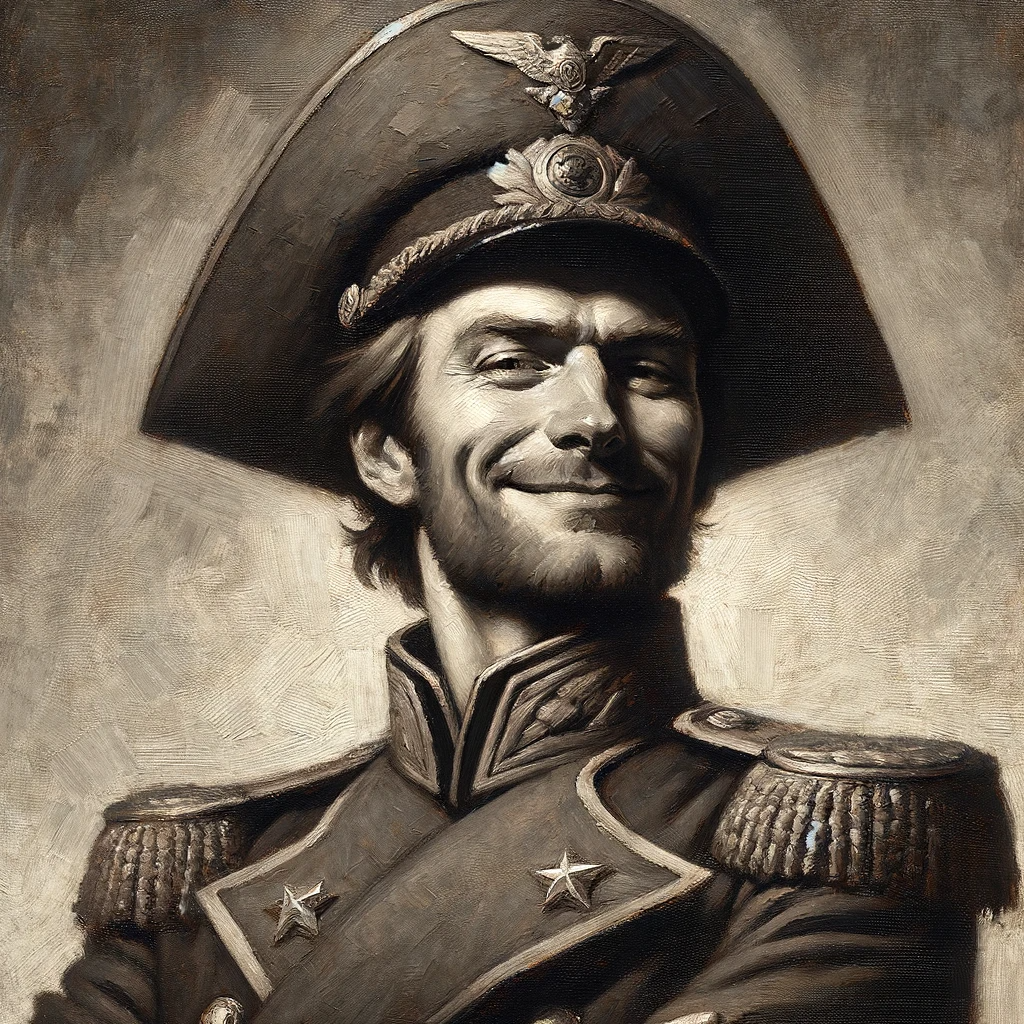
Is this too much power for one man? The Imperium didn’t think so. It was thought that as a Martian the fact that his syndicate was composed of Imperial citizens would naturally create some distance between him and them. The Garrison being a Guard regiment rather than drawn from Agreste’s servile PdF was also thought to be a check on the Magos’ power. And each organisation represented among the syndicate’s make up expected their insider to act as an informant guarding their interests. However, this oversight turned out to be a farce. For one thing the Magos argued that the expertise required to work his weapons platforms required Agreste subjects. So he had heavily armed bodyguards hand picked by him from his own personal forge world of drugged up slaves. With astute research into personnel files he secured a corrupt and ambitious commissar who would not ask searching questions and was easily open to bribery. Of the three assassins he worked with two were co-ideologues he had worked with during his previous research, and the third was so addled on mind control drugs produced by the Magos himself that he could barely be said to have will of his own. And Pymp-D’ahdee thought the psycher half mad and incapable of standing in his way. In fact he had the psycher constantly monitor the other’s thought patterns for signs of disloyalty. The Syndicate was a gang reporting to the Magos alone.
Such under-handed dealings may make it seem that the Magos had some ulterior motive. At first, at least, this was not so. Magos Pymp-D’ahdee genuinely did wish to serve the Omnissiah, and he was convinced that the scheme of perfect order he induced would be the best thing possible for humanity. His meddling to ensure compliant underlings was just a precaution he felt the need to take against the shifting tides of Imperial high politics. Unfortunately, however, a dream became an obsession, and where obsession entered the picture an opportunity for corruption emerged. And with everyone around him either a sycophant or unwilling to look too deeply into things, there was no means of stopping that corruption spreading once it took hold. Slaanesh, the god of excess and obsession, started to whisper in the syndicate’s ear (well, not Commissar Kurotowa, who Slaanesh found frustratingly immune to promises of perfection - but he in any case could be brought off with a good brandy), and soon their work was entirely dedicated to the Prince of Pleasure’s dark schemes.
What Imperium bigwigs were not told was that the inherently unstable admixture of chaos magics, Mechanicus tech, and tyrannic psychic energies, made disaster a disturbingly likely event. Should such occur, the Catachan’s proficiency at jungle warfare against terrifying beasts should suffice to buy the Syndicate the time needed. Of course in the medium term he did not expect the Catachans - or, indeed, anyone in the Kilobo system - to survive should the Tyranids break containment long enough to call some Hive Fleet’s attention to the well populated system. But no matter, they just needed to survive long enough to ferry him to His Will Manifest.
This, then, is the Syndicate. They are well armed. They have a large void ship His Well Manifest along with a number of smaller auxiliary craft for transport and defence. They have a megalomaniac psycher, a corrupt commissar, and three sociopathic assassins waiting in the wings; all along with the servitors and staff necessary to run the research station on LV426 and the hopper port with its attendant underground holding facility on Kofoglin. They are every one of them (with the exception of Commissar Kurotowa) a servant of Slaanesh. Between that holding facility and the labs of LV-426’s Research Outpost they have a number of Tyranid vanguard organisms they arrogantly take themselves to control. At their command they also have an elite force of Catachan jungle fighters to guard and garrison their assets. And then at the apex of all this is Magos Pymp-D’ahdee, Fabricator General of Agreste. A genius. A traitor to Mars and a loyal servant of Slaanesh. A visionary forwarding the Great Work. Our doom.
Indeed there was some natural affinity between a Slaaneshi worldview and that of the Magos. Under her aspect of patron of perfection Slaanesh is an elitist god; what only few can accomplish raised to an obsessive and decadent ideal. In switching allegiance from the Omnissiah to Slaanesh the Syndicate barely noticed any difference. They still believed that they simply wanted the best for humanity — for its elite, its very best, to be given the space and resources to create perfection, and that this required the rest of the masses to do whatever they were told in perfect obedience. This together with the Boppers now organising some clandestine and mutually beneficial trade between Agreste and the Emperor’s Children makes for an arrangement working to everyone’s liking.

Their work is overseen by a demonically infused member of the traitor legion.
Thus, while maintaining its outward appearance of loyalty, the Syndicate got to work researching dark magics to place the Hive Mind under Slaanesh’s control. Mostly. The psycher, Starscream (Stellamugios in high Gothic) hopes to personally gain the power of the Hive Mind. (He believes he is carrying out this research behind the backs of the Syndicate. Kurotowa is, however, quite aware of what he is up to, but happy to let his colleagues under-estimate him. He’s seeing how this all plays out, ready to back Starscream, the Magos, or even the Imperium itself, depending on how the cards land.) The rest of the Syndicate are true believers. Based on advice from Bopper scouts the Syndicate came to the Kilobo system in which to carry out their research. Close enough to Ultramar to readily acquire parts and Tyranid bioforms. But remote enough that nobody with clout can easily stick their nose in and ask awkward questions. The Mechanicus had lobbied for the Kilobo system in particular - citing nearness to Ultramar, but privately glad to see the Magos, who they think is one of their own, gain another foothold for the Ominissiah in the Kilobo system. The Imperium in its turn thought a relatively backwater place like Kilobo seemed as good a place as any to test the Magos’ theories.
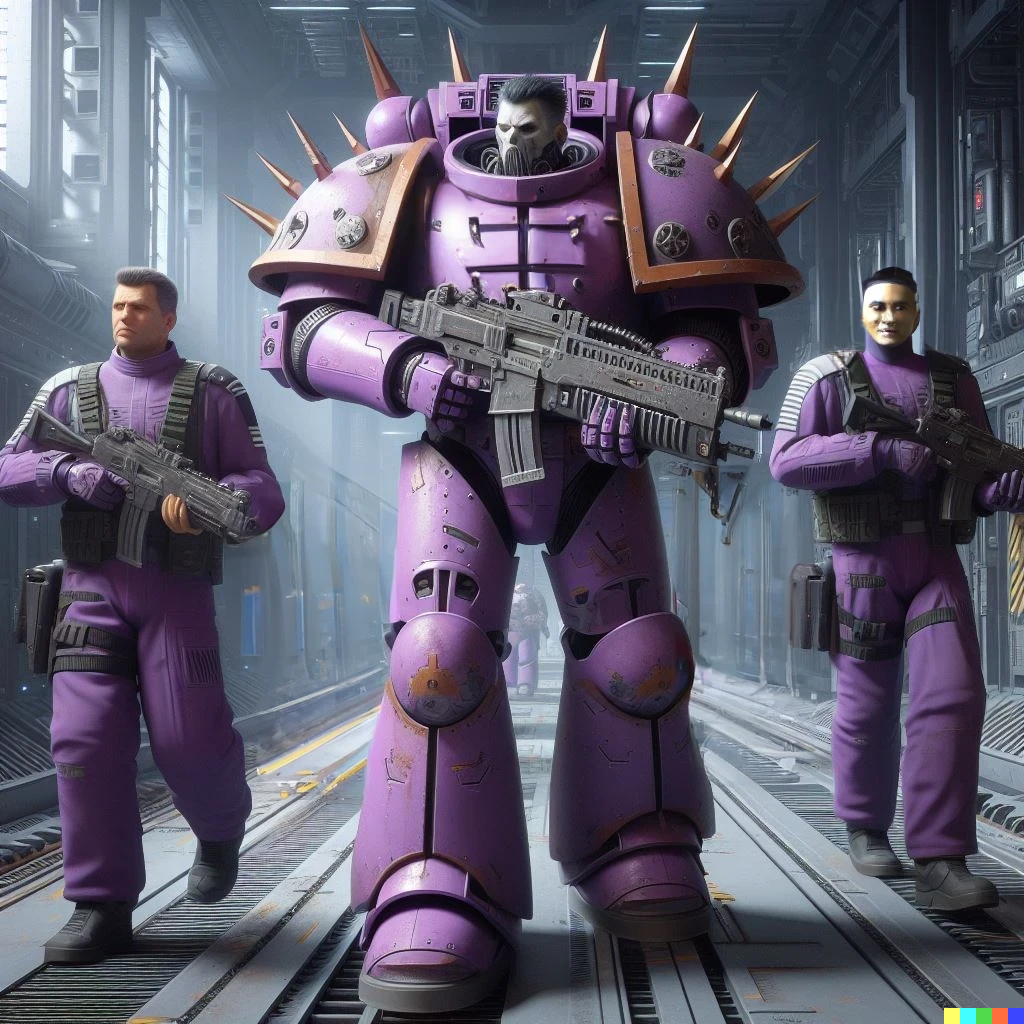
in patrolling a captured void station.
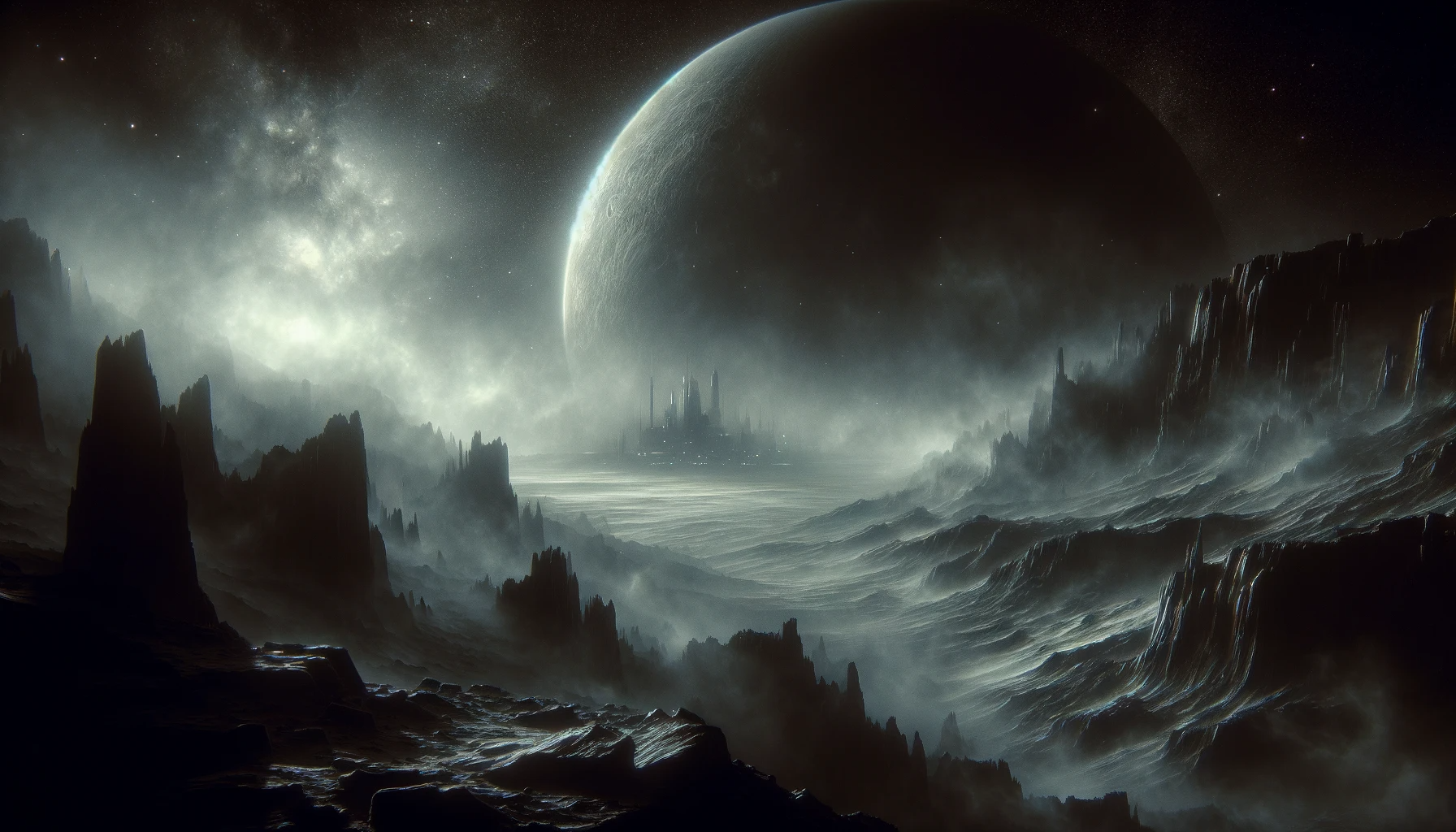
research post just visible in the distance
Tyranid organisms were shipped in on Agrestian void ships in conditions of utter secrecy. Unfortunately LV426 does not have enough developed infrastructure to permit transferring materials directly from void to surface. Hence the organisms must first be taken to Kofoglin via its more developed void port. They are kept for a while in a facility underneath the hopper port on Kofoglin until transferred to LV426. From there they are turned over to the tender mercies of the Magos and his underlings, and their access to the Hive Mind probed and prodded. They dream of vengeance.
The Magos is no fool and is well aware that this could all go very wrong. To this end he keeps two ships fuelled, staffed, guarded, and generally prepped for rapid take off, at all times. First, his small personal hopper on LV426. Second, his personal flagship - called His Will Manifest in the void port above Kofoglin. Should anything ever go wrong while he is on LV-426’s Research Outpost he will jump in his hopper, make for Kofoglin’s void port, and leave with whoever of the Syndicate kept up. His Will Manifest is kept permanently ready to disembark from the void port, receive the Magos’ shuttle, and head to warp as soon as possible. Every few years he “randomly” takes urgent trips back to Agreste, ostensibly to check up on his apprentices’ management of the planet in his absence, leaving Starscream temporarily in command at LV246. These are actually drills to ensure the crew can handle rapid disembarkation.. But his greatest fear is that there is a containment breach on Kofoglin while he is there. The area around the hopper port facility is densely forested; ideal for vanguard organisms to hunt within. What is more, the need for privacy given the nature of his research means the hopper port is remote. Should the xenomorphs ever break that containment he and the Syndicate will need time to reach His Will Manifest and make their escape.
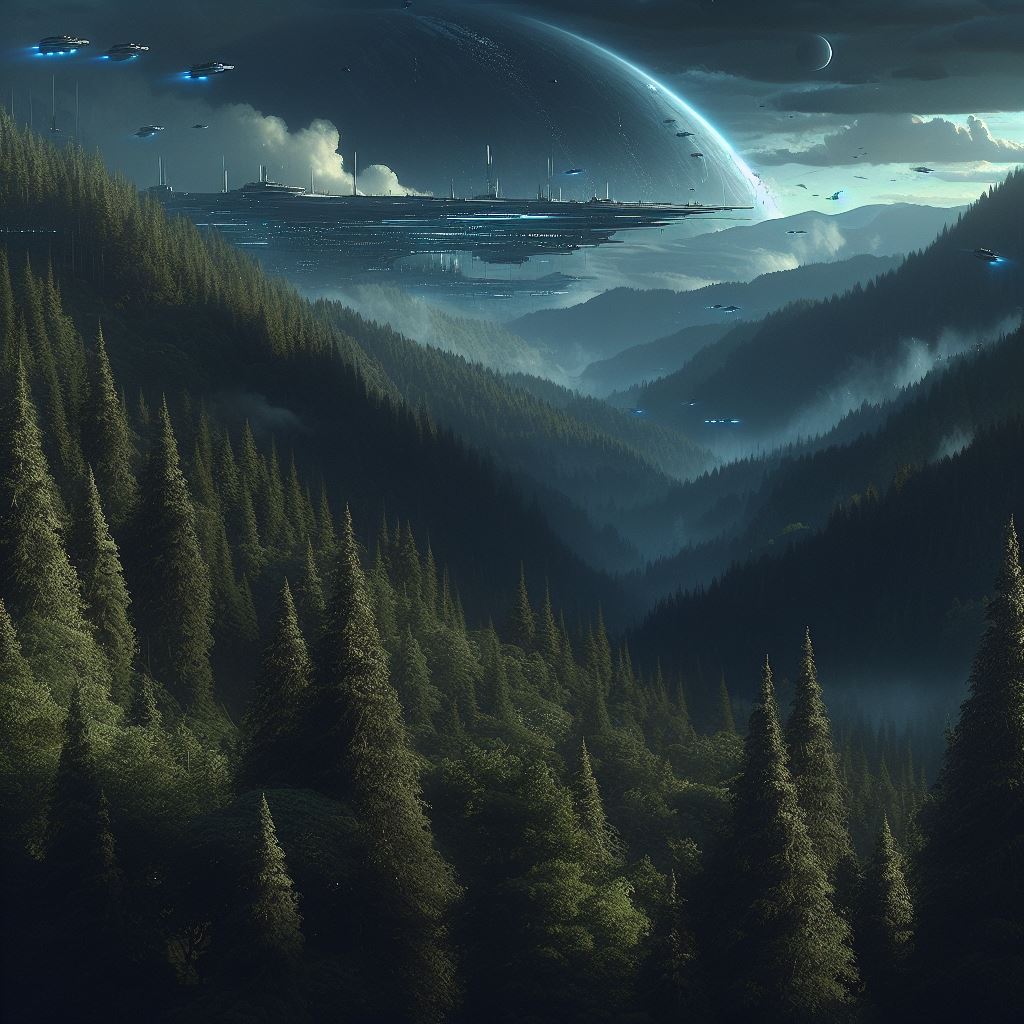
View from the North of Kofoglin's
hopper port/holding facility.
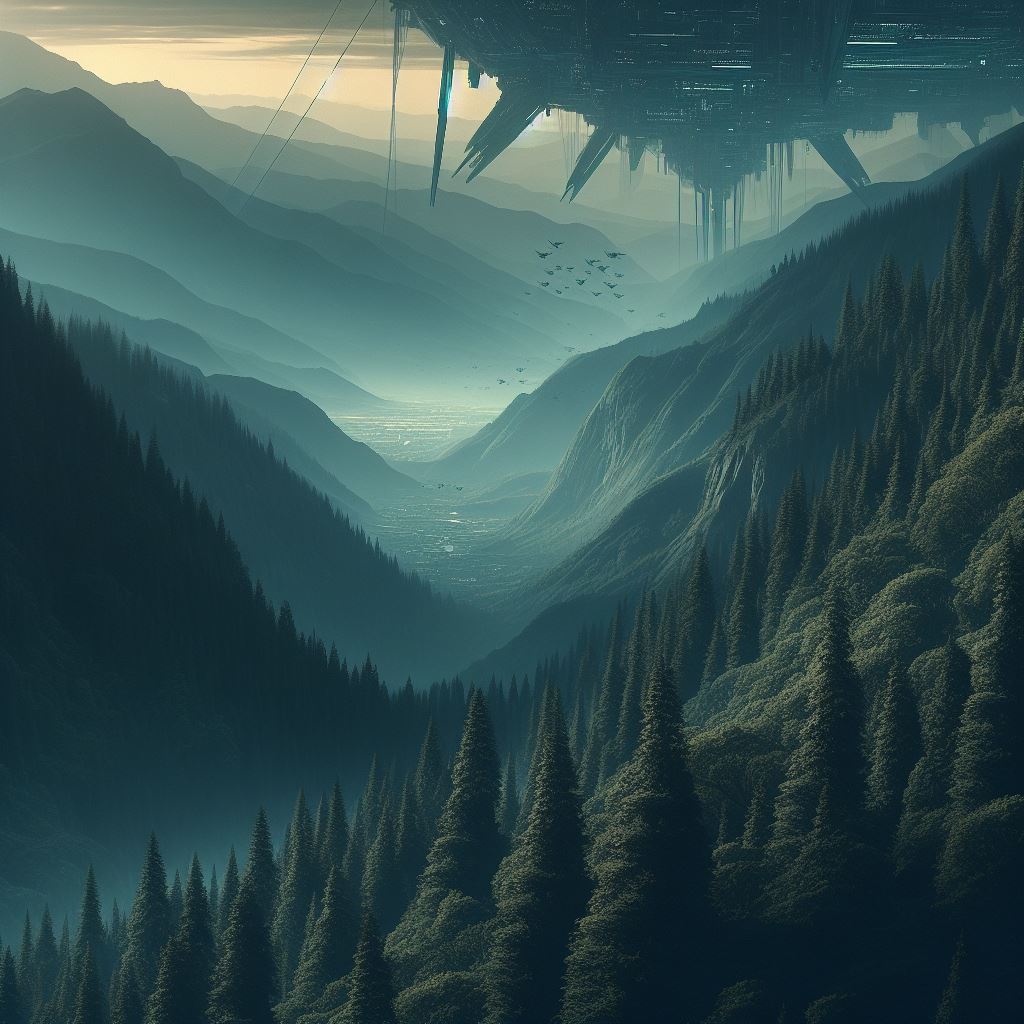
View from the South of Kofoglin's
hopper port/holding facility.
This made the selection of the Guard unit to sequester as a garrison force an important matter indeed. The Magos thought about it and eventually decided this was worth spending political capital on. He made the effort to persuade the Imperium to grant him an elite Catachan regiment to serve as a garrison. Those who could be bribed were bribed - a simple enough matter given the near limitless resources at his disposal. Those who actually required argumentation (typically in addition to, rather than instead of, the bribe) were persuaded that the Catachans - known for their disturbingly democratic sentiments and aversion to authority - made ideal test subjects for his research. If the notoriously independently minded death worlders could be brought to heel that would be as strong a test as could be hoped for. Their presence at the facility would make it easy to perform experimentation on them without anyone (including Catachan command itself) finding out.
(In fact the decision to lobby for the Syndicate’s presence in Kilobo was one of the last truly independent decisions Technoarcheologist j-0-n3s would ever make. Soon after their arrival the Syndicate’s Calladius Assassin, Veronica, infiltrated j-0-n3s’ shrine on Aillte Dubha. There she was able to place certain chaos-infused toxins into both the code underlying j-0-n3s’ cybernetic systems and the bio-matter sustenance materials he took in on a monthly basis. Between the two of them they meant that j-0-n3s was totally bound to the Magos’ will. The Magos does not micromanage day to day decisions, but j-0-n3s is utterly unable to resist the Magos’ instructions if issued. The resources of Aillte Dubha are hence effectively at the Magos’ command.)
Contact with the Children of the 17th
On the 17th day of the 17th month of the Kilobian year an ork mob rampaged across Kurow Dunwɔtwe. The war effort around the Damocles had taken competent PdF soldiers abroad, with only thuggish Whitehats being sequestered for maintaining a stable Tramale presence on Kurow Dunwɔtwe. The token resistance offered by the other members of the PdF was swept aside by the green skins, and quite infamously the Whitehats simply barricaded themselves in the central police hub and saved their own skins. (Centuries later kids on Kurow Dunwɔtwe refer to them as the “White flags” in reference to this incident - though, of course, not if they know one is within earshot.) The orks delighted in their victory, going on an orgy of destruction and violence around the now undefended planetoid that took uncountable lives while doing massive amounts of damage.
Popular mythology is not all doom and gloom however. For legend speaks of a brave volunteer force rallying out in the hills at Bán-Kwaeɛ, and there taking in refugees while providing shelter and defence. They were selfless in their efforts to seek out and and rescue those under threat from the rampaging xenos. So irritating were their daring-dos to the orkish pirates that eventually the ork boss himself personally led an assault on Bán-Kwaeɛ just to shut those pesky resistance heroes up. However, a sympathetic mechanicus vessel happened to be in the area at the time, and risking their own lives and careers they smuggled advanced weaponry down to the defenders which allowed them to see off the assault. And so it was the ork boss slunk off with his tail between his legs, claiming victory but knowing in his heart that it was only Tramale’s weak failures that had been bested. Faced by the real heirs of Kilobo backed by their mechanicus allies he had been powerless.
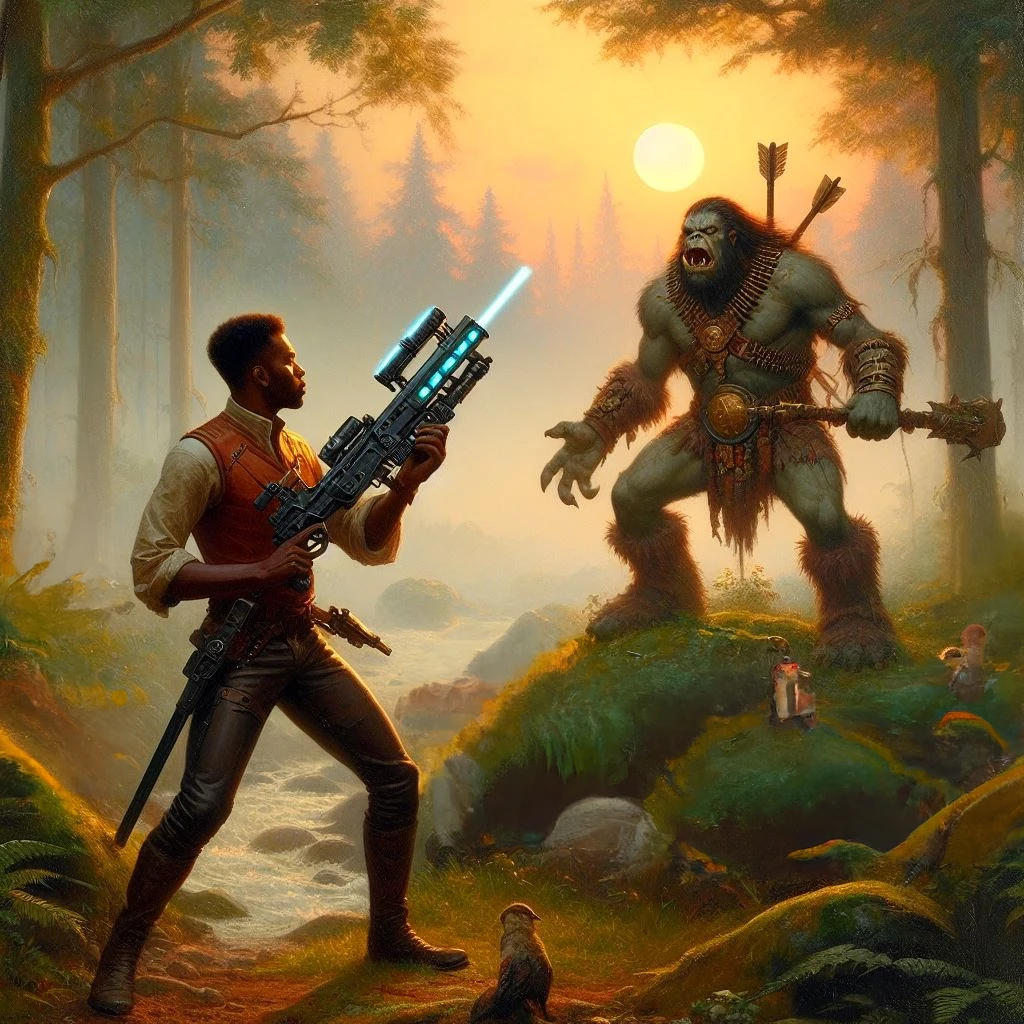
Example of scholcky art style popular
in Kurow Dunwɔtwe ale houses.
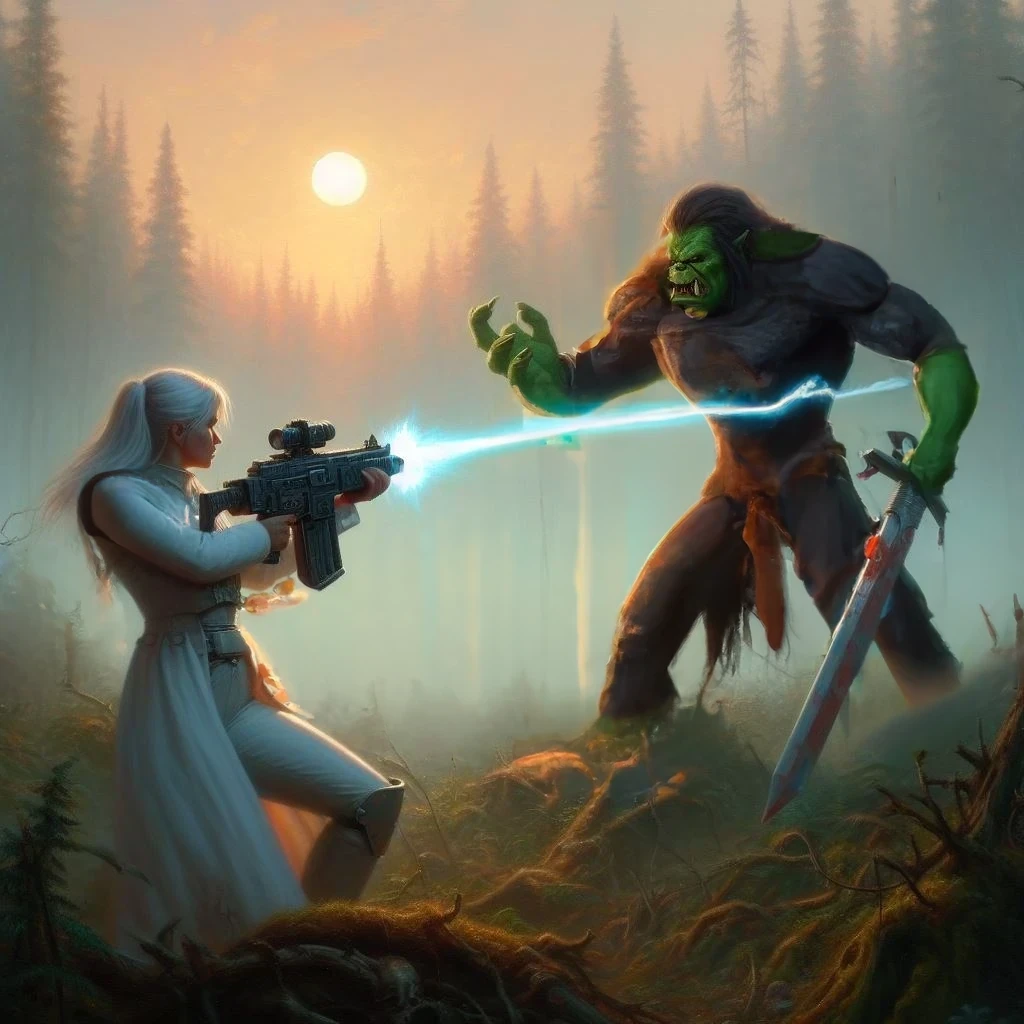
Example of scholcky art style popular
in Kurow Dunwɔtwe ale houses.
When some years later word of this got back to Tramale some effort was made to investigate the stories - Mechanicus ships arming people on Kurow Dunwɔtwe was a nightmare scenario to them after all. Fortunately, however, their agents soon concluded that this was simply face saving local legend. They had died in droves, and (it was scarcely bothered to whisper) perhaps the orks even did us a favour by culling the population while the lads were away fighting a righteous crusade.
The truth, in this case, is somewhere in between. Most of the tales of daring do were simply flights of fancy or massive exaggerations of the odd lucky pot shot a refugee had got off against some pursuer. There had never been any massive compound at Bán-Kwaeɛ taking in refugees and organising counter-attacks and rescue missions during the raid. Nick-it-all had never been anywhere near the site; and if he had then without any doubt everyone therein would have been dead. And while the Mechanicus would certainly not be above providing arms to any group that might destabilise and delegitimise Tramale should the opportunity present itself, they certainly did not care enough about so minor a prize to risk life and tech during an ork raid in the manner the story suggests. Much, therefore, is simply the mythology that time and wishful thinking co-create.
But not all! Something had indeed happened at Bán-Kwaeɛ. In the desperate hours between word coming of the ork landings and the greenskins actually reaching the nearby settlements, some of the residents had taken a desperate gamble on their own childhood stories. It was told that soon after the establishment of Kurow Dunwɔtwe as the glorified prison camp it had now become, remnants of the old psycher aristocracy and those guards still loyal to them had hidden a cache of arms out in the hills in preparation for the day that they shall rise again. Nobody had ever taken these myths seriously - but with the orks fast approaching it was felt that heading for the forested hills was probably not such a bad idea anyway, and in any case it could hardly make things worse to check for the stash once they were there. In what seemed like a miracle the desperate scrabbling around uncovered a bolt hole with a small chamber built into a mountainside. Turns out they hit the jackpot.
Not just arms, but the sort of high quality arms and armour characteristic of humanity’s more advanced past were available there. Even some advanced armoured vehicles! These legends and myths had been kept alive by (though they knew it not) the Lord of Change, forever weaving his secrets, whispering in the ears of children nurses rhymes that seemed harmless enough but which turned out to lead up to this very moment. His exact scheme is as ever far from clear - all that seems consistent in his behaviour down the millennia is exacerbating the conflict between the loyal subjects of Kilobo and the forces of Slaanesh. In any case, unbeknownst to their bearers, those who hold these weapons to this day are forever under his watchful eye, and the rituals which they think bless their weapons by the Omnissiah in fact empower through his dark arts.
These weapons were indeed then used to see off a few curious orks who wandered into the forest, mainly killing Gretchen and only a very few full size green skins. In fact those who had survived had not thought these resistors any more interesting than any of the myriad other humans on the planet who might be krumped, and the forest didn’t seem to have anything worth looting, so word had got back to the rest of the boys that there was no point heading up to Bán-Kwaeɛ. This was interpreted as a military victory by those refugees on the hill, and when later generations remembered the sudden appearance of advanced tech they concluded it must have been a delivery from their mechanicus friends who they always knew would look out for them as the Imperium never did. Thus was the myth of a heroic resistance armed by Mechanicus allies born.
In the aftermath of the ork raid there was mass civil unrest on Kurow Dunwɔtwe. While the more riotous expressions of discontent were put down by the Viscerators with their usual subtle diplomacy, there were those who took a longer view of the cause. Even with the weapons stored at Bán-Kwaeɛ they were still not able to seriously challenge Tramale’s rule of the planet. But it did make options available. For here was what might be thought of as the solid core of an assault force. And an assault force on a planetoid as small as Kurow Dunwɔtwe could plausibly seize the void port, and maybe hold it long enough to stage an evacuation. They would not need interstellar ships to reach safe haven either — these they would have no idea how to operate in any case. No, they could asteroid hop around the Halo until they reached the sanctuary of Aillte Dubha. The Mechanicus would surely accept them as taking sanctuary on a shrine to the omnissiah (as they maintained all of Aillte Dubha constitutes) and Tramale would not dare openly attack a Mechanicus shrine. The degree of organisation it would take to have the population drilled to rise up as one, seize the port, and participate in a rapid orderly evacuation would take generations to achieve. But it was achievable.
So it was the Children of the 17th was formed. Ostensibly they were a self-defence organisation, mandated by Tramale to be unarmed so only maintaining drills in shelter and evacuation procedures should the orks raid again. While the Whitehats hated the implicit criticism of their capacity the existence of this organisation represented, it had mass popular appeal and was felt by moderates in Tramale to be an acceptable way of letting off steam and allowing the populous of Kurow Dunwɔtwe to sleep easier thinking they might be safe next time. But the leadership always knew it to be more than that, and under the cover of their drills and meetings, across the generations a solid core of warriors able to wield the weapons of Bán-Kwaeɛ was maintained.
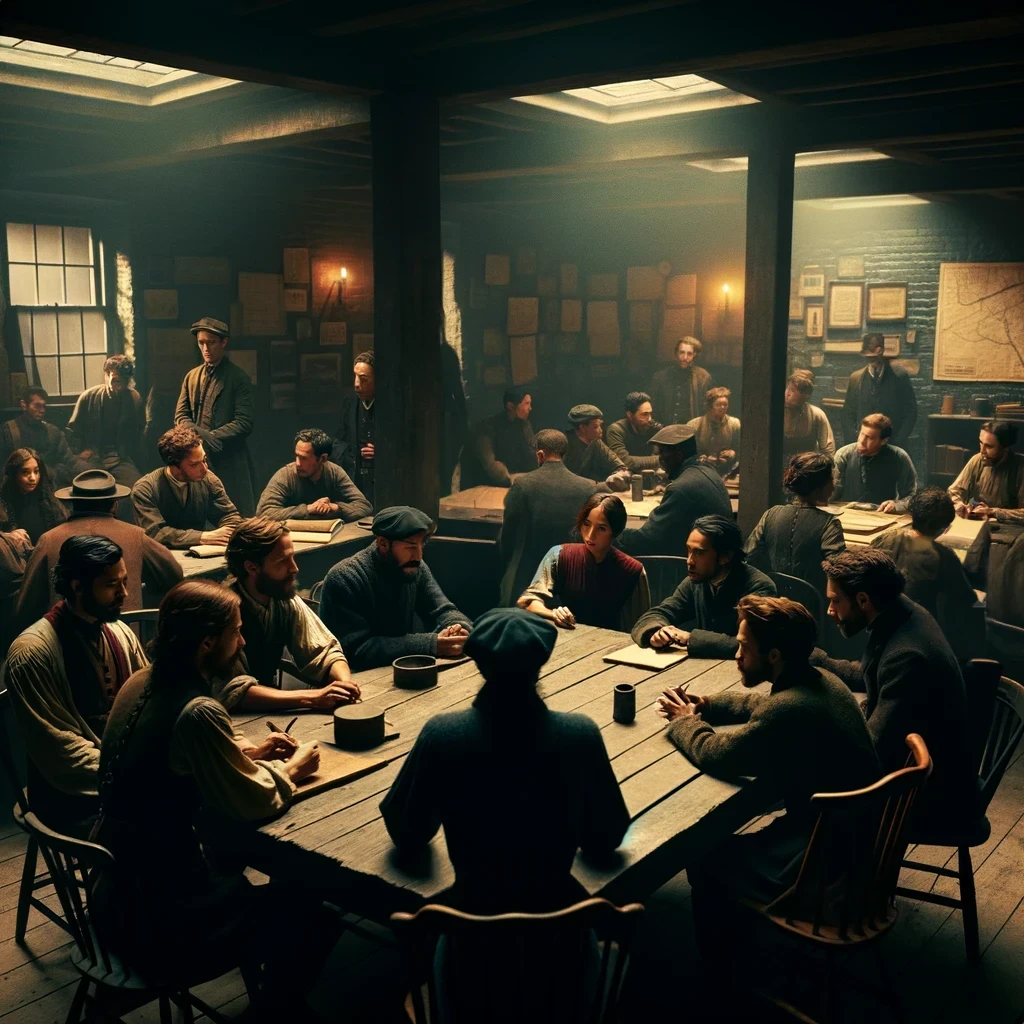
Of course for the Great Escape to work they needed not just an assault force but three other factors. First, they needed assurances from the Mechanicus that they would be allowed in at Aillte Dubha as worshipers of the Omnissiah seeking sanctuary. Second, they needed to chart a course from Kurow Dunwɔtwe to Aillte Dubha which went round the halo rather than risking direct travel across the Kilobo system. And third they needed a well organised population who could evacuate en masse.
The first two of these turned out to be relatively easily achieved. People from Kurow Dunwɔtwe were granted work permits to work in the mining stations around the Halo as a reward for good behaviour. The Children of the 17th thus cultivated assets with no apparent connection to their organisation who would gain such permits. Through this they made contact with the Boppers. The Magos’ gang were operating in the system to try and find a route of infiltrating well-policed Ultramar. An organised resistance movement who might be friendly to their operation if given a foothold was hence of great interest to them. (Reporting this back to the Magos was how he heard about the Kilobo system in the first place, and thus indirectly the Children brought the Syndicate to Kilobo. )So they began their fruitful collaboration. Together they soon had the 17th with a large enough network for mass evacuation to be viable.
What is more, these very same means made it easy to establish contact with representatives of j-0-n3s. The Technoarcheologist was only too happy to help. The prospect of getting his hand on the archeo-tech they would bring was enticing enough. But doing so In a way that exposed the government of Tramale as incompetent and unable to maintain order in its own backyard? *And* which seemed to provide evidence of loyal worshipers of the Omnissiah oppressed by heretics who would not recognise the unity of their faith with that of the Imperial cult? And none of it actually involved any expenditure of effort and resources on his part. All he would have to do is not reject some void ships showing up with an arms delivery one day! It was a political dream come true. As hastily as decency permitted j-0-n3s signalled his approval to the Children of the 17th’s leadership.
That left only the third problem. Given the popularity of their organisation and a clear eyed view that they could work on the timescale of generations, with eventually children trained from birth to know exactly what to do when the moment came, the Children were not worried about this point. The loathing of the government on Tramale was hardly likely to diminish across the generations - every time the Inquisitorial black ships stopped by and, backed by grinning Whitehats, tore some screaming children away from their parents, the blood hatred would surely be renewed. An iron discipline within the population was easy to maintain, and they could play the long game to wait until the moment was perfect. There was no rush - they only had to win once.
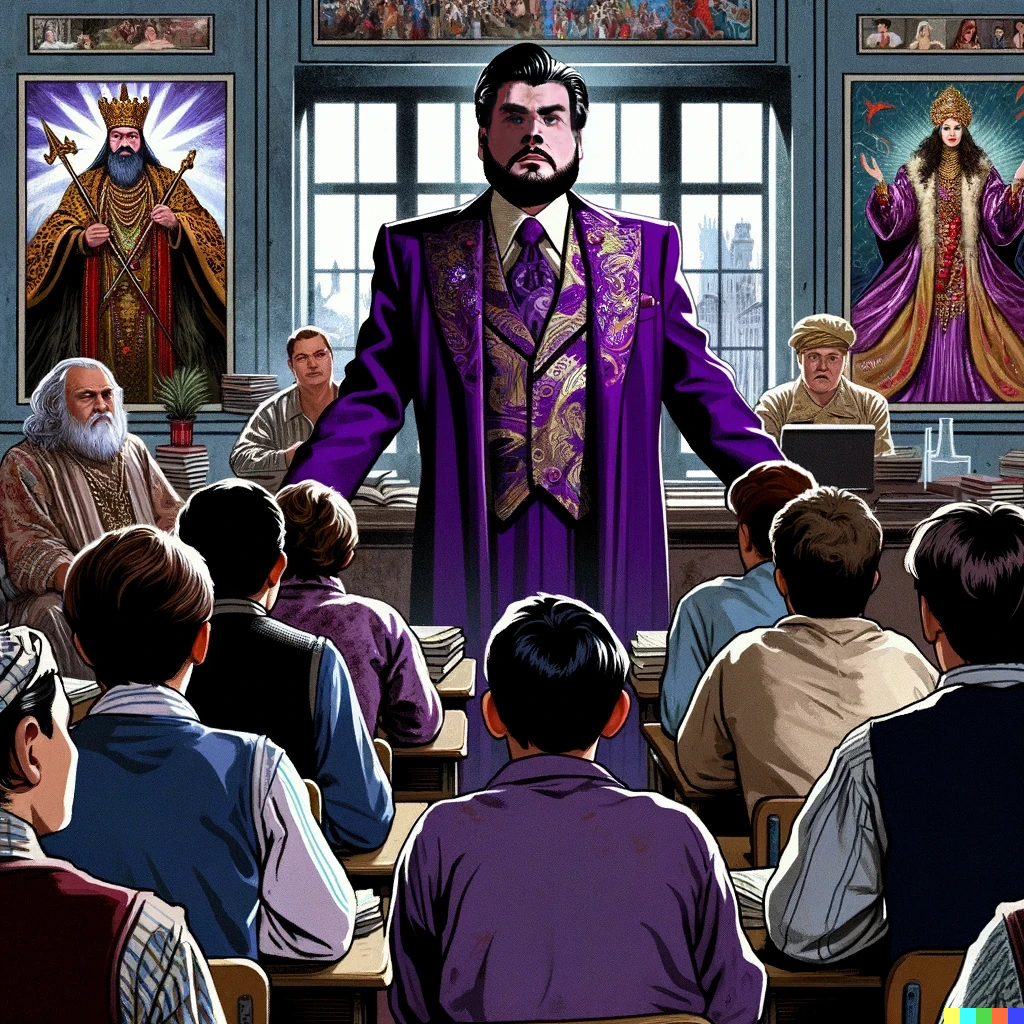
This was, alas, to be their undoing. As mentioned they are already dangerously close to the taint of chaos, but since Tzeentch has not felt the need to show his hand this has remained relatively subtle and never actively endorsed by the movement’s core leadership. However,. Slaanesh never forgot the world of psychically potent perfectionist hedonists, and the Children of the 17th unwittingly drew his eye once more. For in an effort to maintain camaraderie and keep up spirits they organised cultural pride events wherein a counter-history was told of the glorious civilisational achievements of their ancestors the Psycher Elite, and the martial glory of not just the Resistance at Bán-Kwaeɛ but also the Guard Cadre that served the Old Regime. Such tales of glory led some more idealistic youth to affect the decadent practices and philosophies of their ancestors. Slaanesh had her hooks in.
These secret cultural affinity groups became the basis of mass organisation, and gradually their leadership became functionally distinct from that of the more military arm of the Children. The military arm, referred to as Bán-Kwaeɛ from where they did their main organising, were self-consciously loyal to the Mechanicus and the Emperor via the figure of the Omnissiah, and organised simply to get the people of to a place where they could live their faith in freedom. But given the dangers of being discovered in either wing (the Cultural Affinity Wing being viewed as heretics on Tramale) a cell structure keeping the military and cultural organisation largely separate from one another developed. So the Cultural Affinity Wing developed their own hierarchical organisation.
However, given their numbers and sentimental appeal the Cultural Affinity Wing became the de facto leaders of the 17th. They have overall strategic command, leaving Bán-Kwaeɛ to see to the details. In essence the old relationship between a Psycher Aristocracy and a Guard Cadre has been reestablished. Where Bán-Kwaeɛ are Omnissiah worshiping loyalists, CAW believe Slaanesh worship was the true religion of their ancestors (quite falsely, but she who thirsts can as well deceive). They seek to conquer Kilobo in Her name and reinstate her ruinous decadence for all. To this end they conspire with the Syndicate via the Boppers. The 17th hence walk a darker path than Bán-Kwaeɛ would have them tread; despite their idealism, they have essentially become an auxiliary force for Pymp-D’ahdee and his chaotic criminality. Such is the fate of all who turn from the Emperor’s light.
